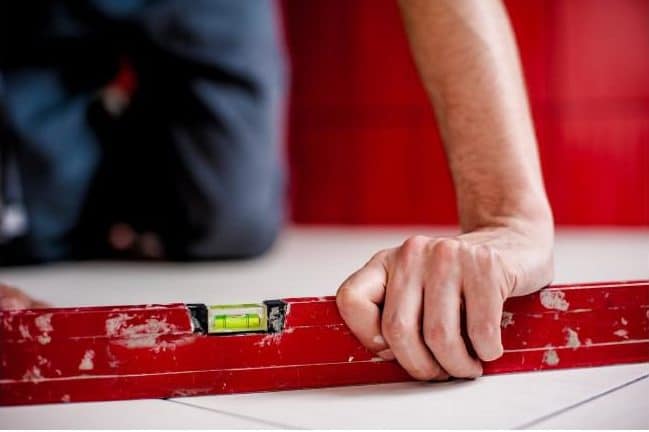You have some projects around your house that you need to take care of, but you’re not sure which ones you should tackle yourself and which ones you should leave to the professionals. Obviously, there are benefits and disadvantages to both choices. Before you make the decision, you should know how to choose a professional and what to expect if you choose to DIY.
Going with a Professional -
U.S. News says your first step should not be talking with contractors. You need to get ideas and have a plan of what you want first, and then you’ll get a more accurate estimate from contractors. Your second step is to ask friends and family for references. Also, check online for reviews and make sure they have proper licenses and insurance. Then, you’ll be ready to meet with a minimum of three contractors. Be sure to ask a lot of questions and get a written bid from each one. As you compare these, ensure that the service and materials offered by each are actually comparable.
When it comes to paying, don’t be afraid to negotiate before you sign the contract, and you should never pay more than 10 percent of the total before the job starts. Also, your contract total shouldn’t be for your entire renovation budget; sign for 10 percent to 15 percent less of your total budget so you have a contingency fund. Finally, request receipts for all charges and don’t make the final payment until the project is 100 percent complete.
Opting to DIY -
The biggest benefit of choosing to do it yourself is saving money. According to Money Crashers, the greatest expense for most home projects completed by professionals is the labor cost. Often times, labor costs heavily outweigh the cost of materials. Of course, this means that the more a project costs to have done professionally, the more of your time it’s going to cost if you DIY. They suggest first figuring out what the project would cost if you were to hire a professional, preferably by getting a quote from contractors. But you can also check the Internet for estimates. Next, price the project if you were to DIY, and then subtract the DIY total from the professional total to determine how much you can save by opting to DIY.
The next step is to estimate the time you’ll spend to complete the project. Many home-repair books give estimates of how long a project should take based on your skill level: novice, intermediate, or expert. After you have the time, calculate your hourly wage by dividing the savings of opting to DIY by the time you’ll spend. Now you know how much money you can conserve for each hour of work. Lastly, decide if you’re willing to work for that wage.
Safety, difficulty, and time are the three most important points to consider when deciding whether to DIY or hire a professional. If the project could kill you or destroy your home, you should leave it to the professionals. Also, consider bringing in a contractor if it requires permits. Although having no experience isn’t a deal breaker, some project can take literally years of training to do things right. In cases involving electrical and plumbing, hire a professional. If, on the other hand, it’s something simpler, like painting or coating your pool deck, you might want to go ahead and give it a shot yourself.
Blending the Two -
Another option to consider is just partially outsourcing. To cut costs, you can be your own general contractor and hire subcontractors. Or, if you’d rather go with a contractor but still want to save money, consider assisting in the demo, cleanup, or other approved tasks to cut costs. No matter how you decide to complete your project, research the best way to go about hiring a professional and exactly what DIY will entail.
Author – Paul Denikin at DadKnowsDIY.com





